Fixies had a bit of a mainstream moment over a decade ago when you couldn’t move for them in bike shops, and they were hugely popular on the streets of big cities around the world.
That wave of enthusiasm has waned somewhat and if you’re looking to buy one now, you’ll need to dig a bit deeper.
That said, many brands still produce fixed-gear bikes, and they certainly have their fans – dedicated fixie riders are among the most fanatical of cyclists and will gladly bore you to tears talking about the virtues of life with one gear.
A fixie is still a great option as the n+1 bike (where n is the number of bikes you currently own). They’re cheap, mechanically simple and will help build up your fitness and technique. It’s also reasonably simple to build one yourself, or convert an existing bike to one.
Let’s look at what a fixie is, the differences between fixed-gear and singlespeed, why you might want one and what to look out for when buying one.
What is a fixie? Fixed-gear vs singlespeed bikes
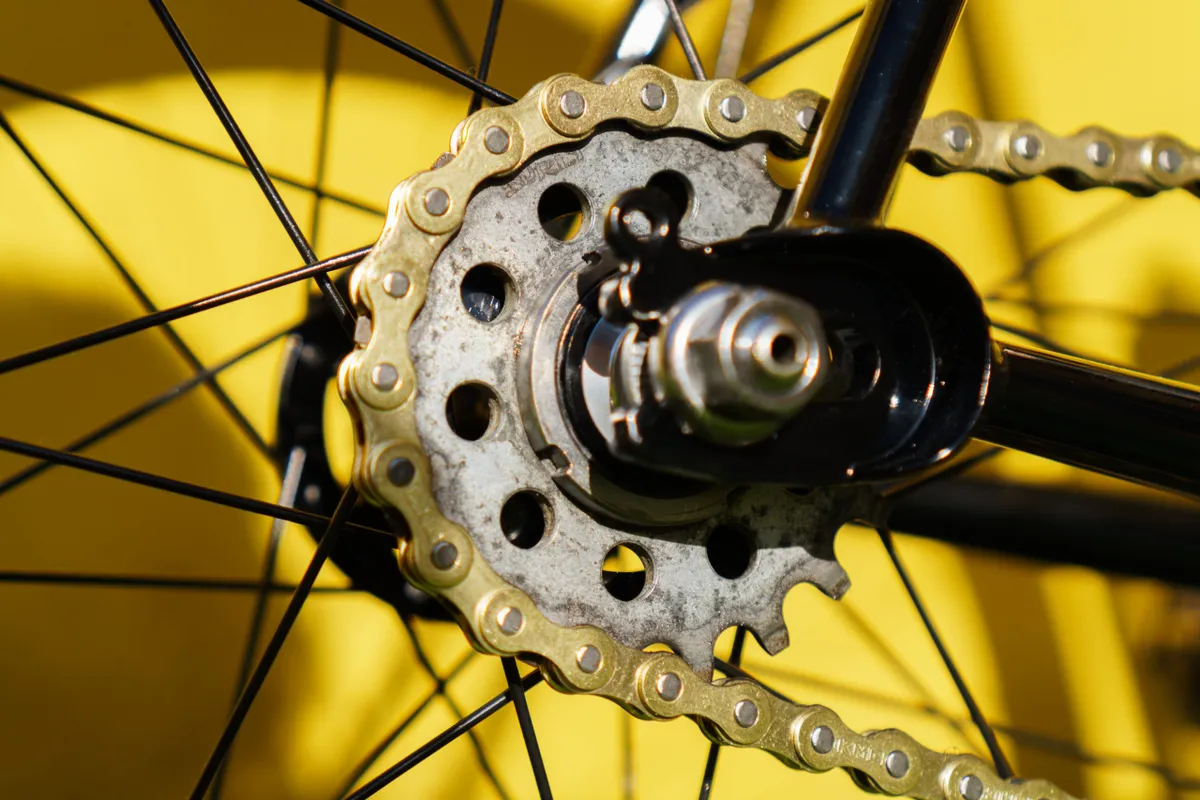
‘Fixie’ is used as a bit of a catch-all term for bikes with a singlespeed drivetrain.
A singlespeed bike has only one gear ratio – a single chainring and only one rear sprocket. However, describing every bike as a fixie isn’t technically correct.
Not all singlespeed bikes are fixies.
A true fixed-gear, or fixed-wheel, bike doesn’t have a freewheel. Your legs are engaged permanently with the rear wheel – when you’re moving, you’re pedalling.
A singlespeed bike gives you a single gear ratio with a freewheel. This means you can stop pedalling and coast as you ride, as you would with a regular geared bike.
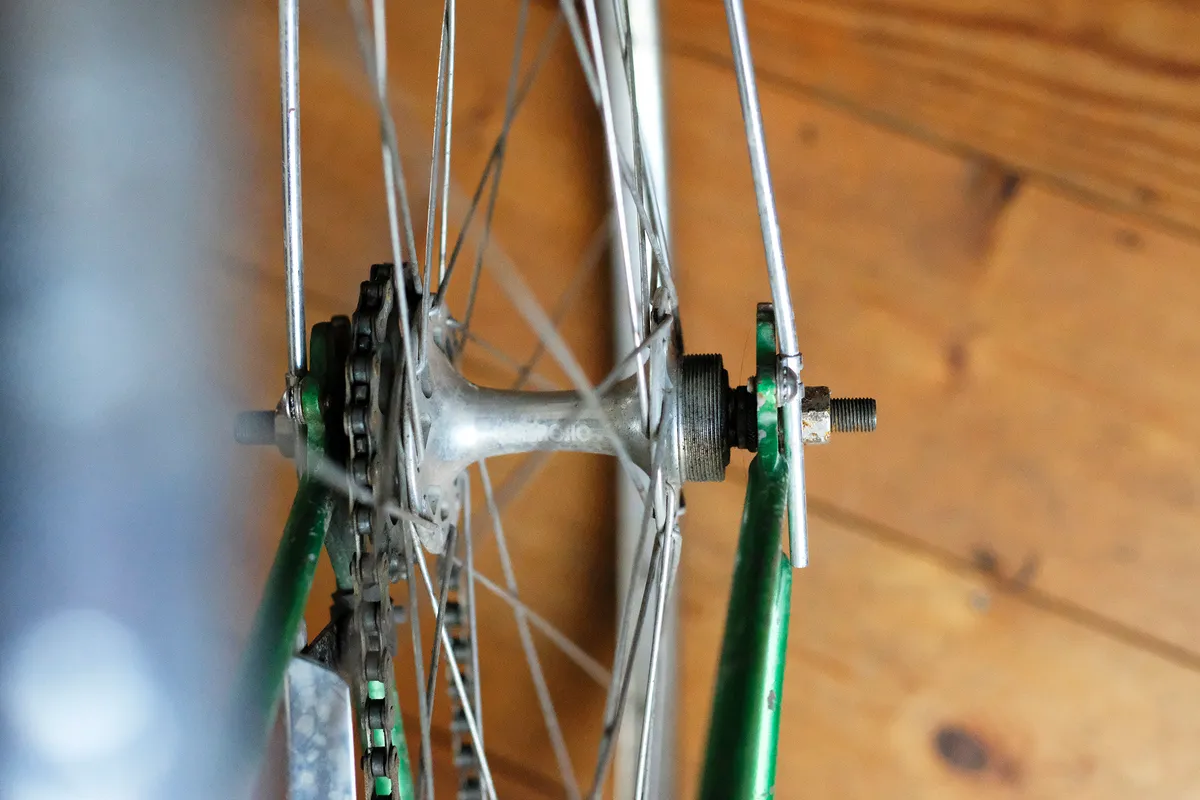
Most complete fixed-gear bikes come with a flip-flop rear wheel. These have a fixed cog fitted to one side of the hub and a freewheel to the other.
If you put it in one way round the gear is fixed, but if you turn it around you can give yourself a singlespeed with a freewheel.
What types of singlespeed bike are there?

You can find a singlespeed version of any style of bike – be it road, mountain bike or gravel. Many also choose to convert geared bikes to one gear.
The classic fixie of the mid-2000s was a flat-bar bike with road-like geometry, although you can also find drop-bar road and gravel bikes with a single gear.
Singlespeed configuration is also an option for mountain bikes, while all track bikes are fixed gear.
Why would you want a fixie?
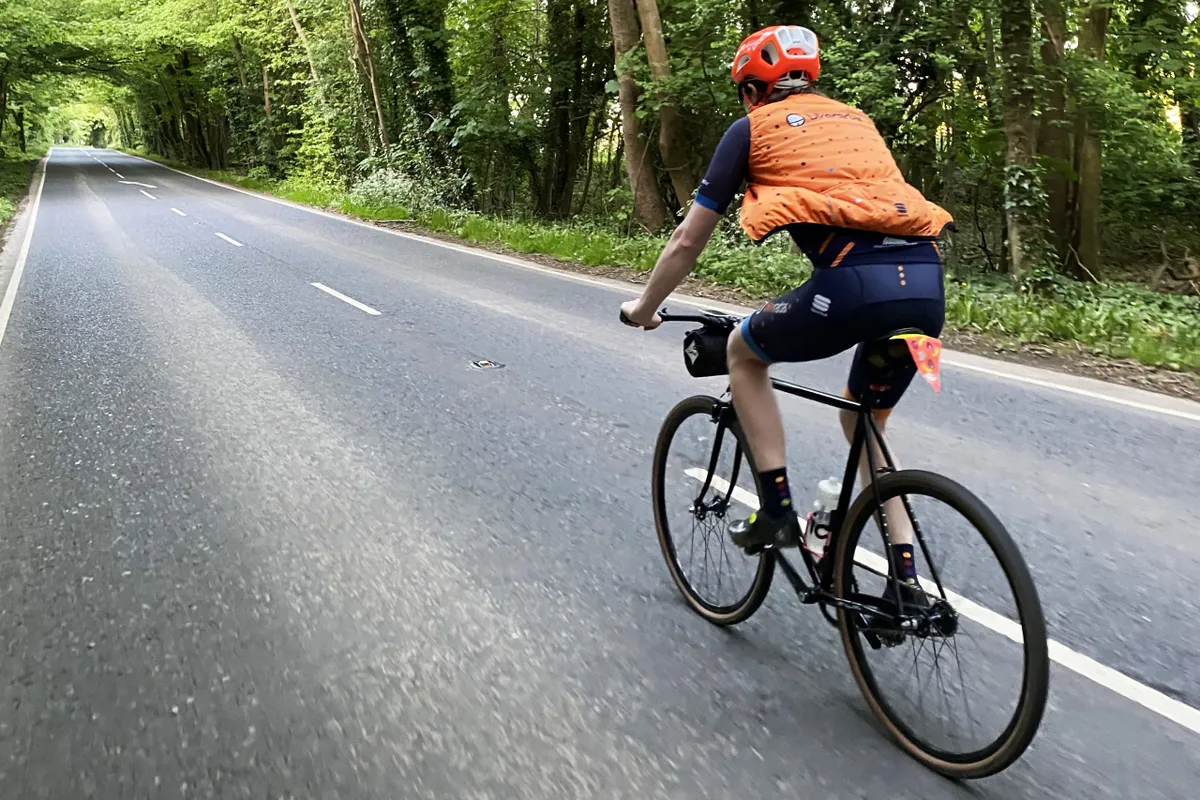
There are a host of reasons why you might want to try riding a singlespeed or fixed-gear bike.
We’re fans of them here at BikeRadar as a refreshing alternative to the technically complex bikes we usually ride and test. They’re also good fun.
Here are a few more reasons that may help convince you to give fixed-gear riding a shot.
Simplicity
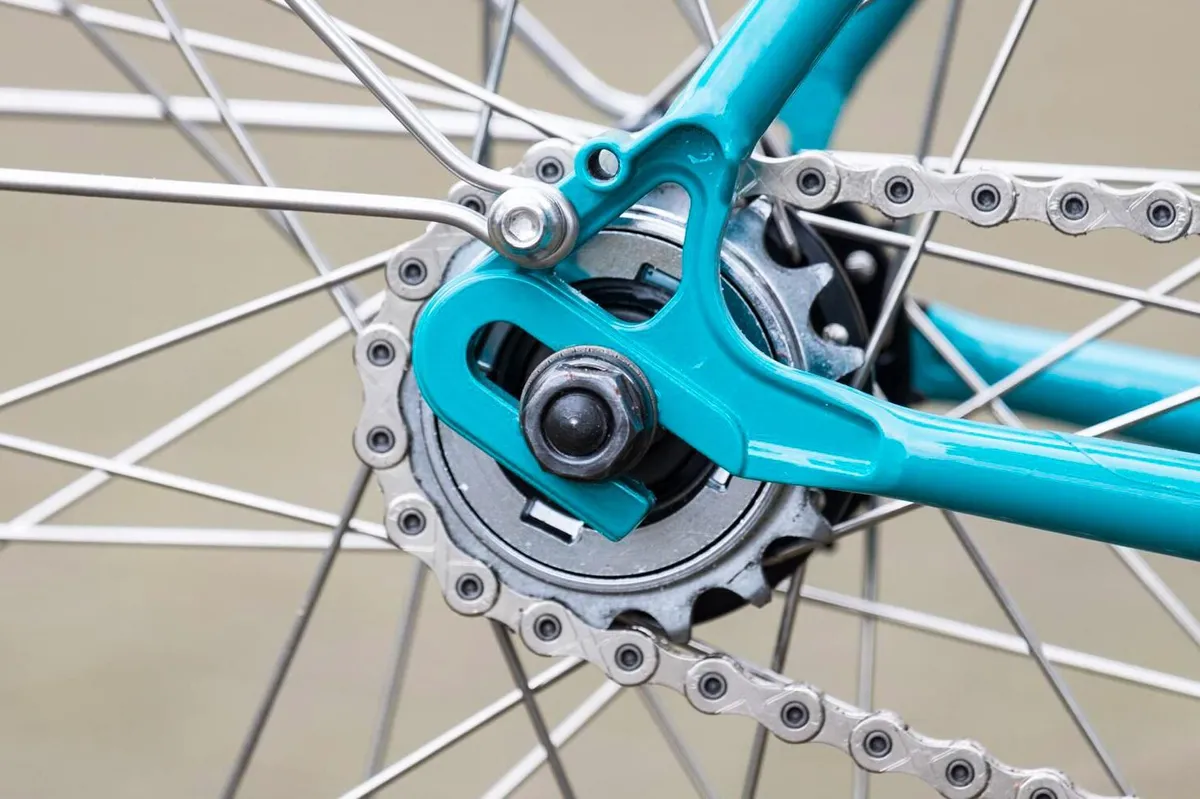
If you drop the gears, there’s a load of stuff you lose with them: derailleurs, cassette, combined shift/brake levers. The bits you’re left with tend to be simpler and sturdier too.
A singlespeed bike will usually come with a wider chain, chainring and sprocket than a geared bike, so, provided you look after them, they should last longer.
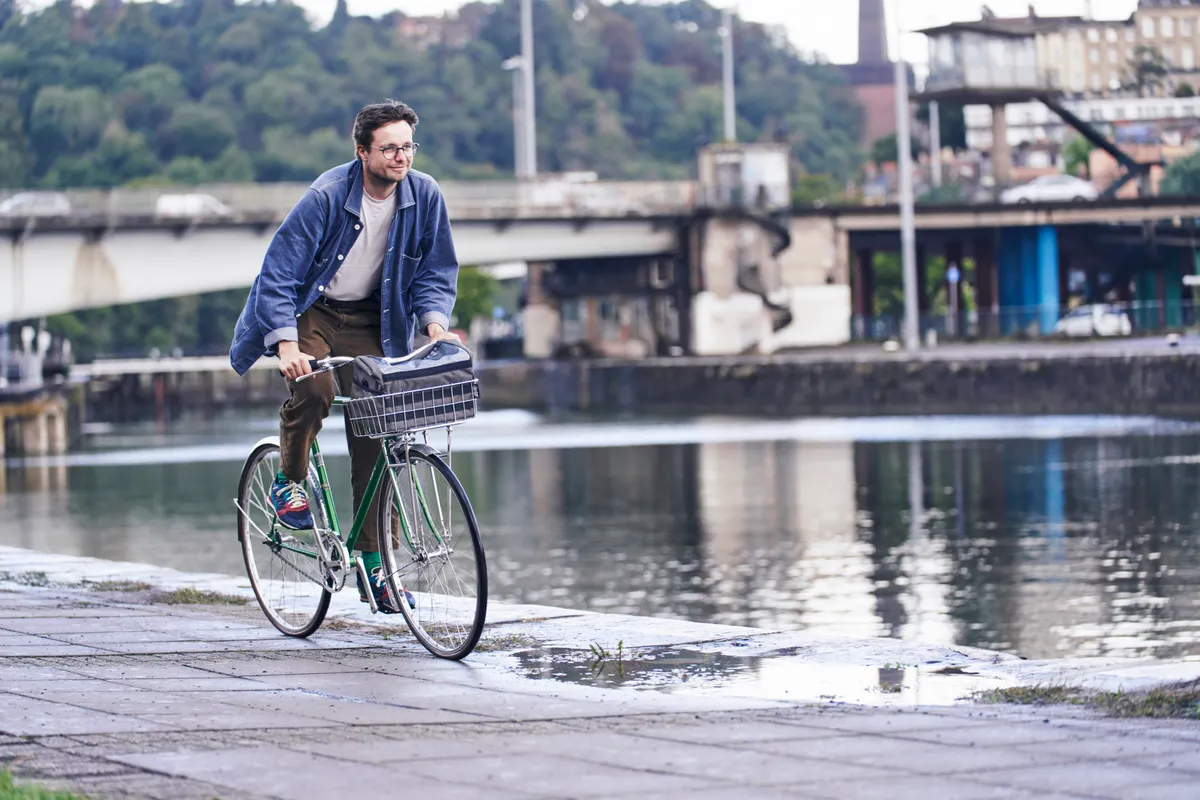
Singlespeed drivetrains are also more efficient because the chain doesn’t have to go through the derailleur pulleys or run at an angle.
Price
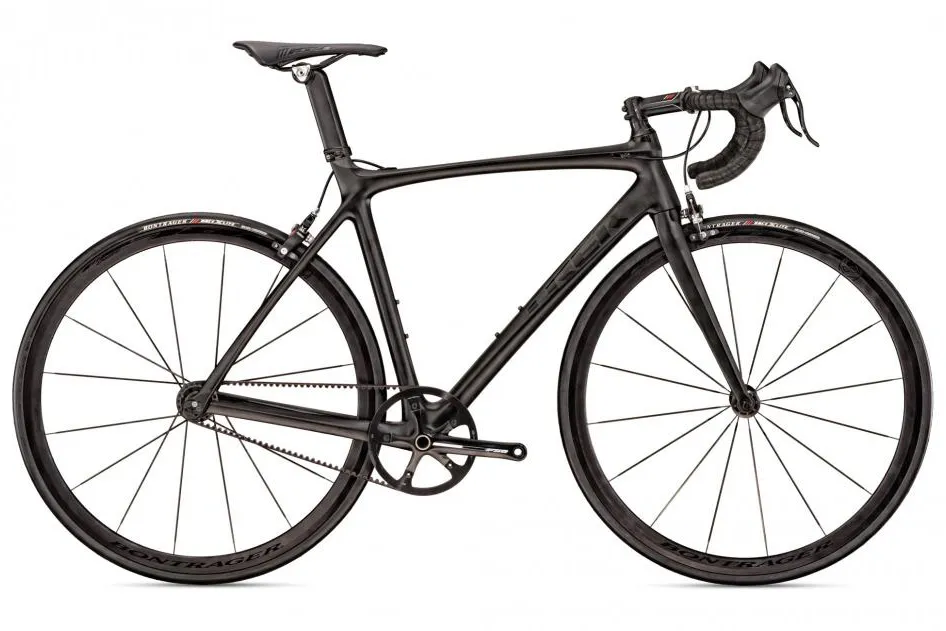
With fewer parts, most singlespeed bikes comfortably undercut the price of the majority of geared bikes.
It’s rare to find a singlespeed bike that costs more than £1,000, unless you’re looking at a flashy boutique model or a high-end track bike.
Weight

You’d expect a bike with fewer parts to be lighter, but that’s not always the case, with many singlespeeds being as heavy or heavier than a similarly priced geared bike.
In part, that’s due to the beefier components usually specced, but often singlespeeds have frames made of heavier materials too: steel is a popular option, while alloy frames may be overbuilt to cope better with the extra stresses on the frame that can occur from fixed-gear riding.
That said, it’s possible to build a truly featherweight fixed-gear bike, which makes them a popular choice among some hill climbers.
Technique, cadence, endurance and fitness
One big benefit that all riders of fixed-gear bikes cite is their technique, something we’ve discussed with Olympic gold medallist and three-time world champion Dani King.
Without the option of coasting, you have to pedal to keep the bike moving. You need to pedal smoothly and in circles to remain efficient, rather than with a choppy up and down pedal stroke.
In addition, any change in speed means a change in pedalling cadence. So you learn to pedal very fast when riding faster (downhill, for instance) and to produce power at low cadences when you’re climbing.
Having to pedal through corners can also improve your handling skills because you need to maintain speed but avoid grounding a pedal. Since you can’t take a rest, a fixed-gear ride can add to your fitness more than an equivalent ride on a bike with a freewheel.
Winter riding
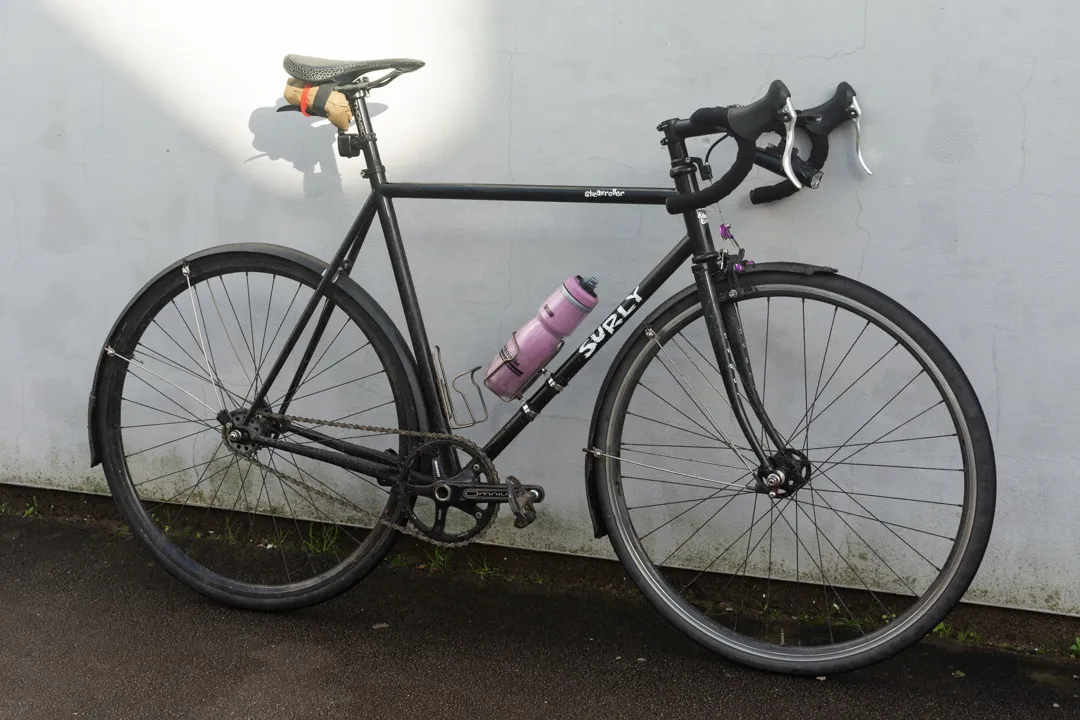
Singlespeed or fixed-gear bikes are a popular choice for winter training.
With fewer things to go wrong, you’re less likely to suffer a mechanical due to mud, wet or salt on the roads or trails. You’ll also avoid wear and tear on the pricey components fitted to a geared bike, so they should last longer when you swap back to riding your summer bike.
You may also get the fitness benefits described above from a spell on a fixed gear or singlespeed, which will carry over to summer when you’ll want to ride further and faster.
Maintenance

A big draw for off-season riding is the lower maintenance of a singlespeed bike, especially because you don’t need to worry about adjusting bike gears. It’s only the brake cables that might need attention. Off-road, you haven't got a rear derailleur to bash on obstacles either.
It’s also a lot easier to clean and lube a singlespeed drivetrain, and to get at the hubs and spokes to give them a good clean and help keep corrosion at bay.
Looks/cool factor
The absence of derailleurs makes a singlespeed bike look super-clean, with a pared-down aesthetic that’s accentuated by the often skinny frame tubing.
There’s a definite cool factor about riding a fixie too, and it’s great for trackstanding at lights and for skid stops (if you can master them).
Singlespeed and fixed-gear bikes: what to look out for
Frame design
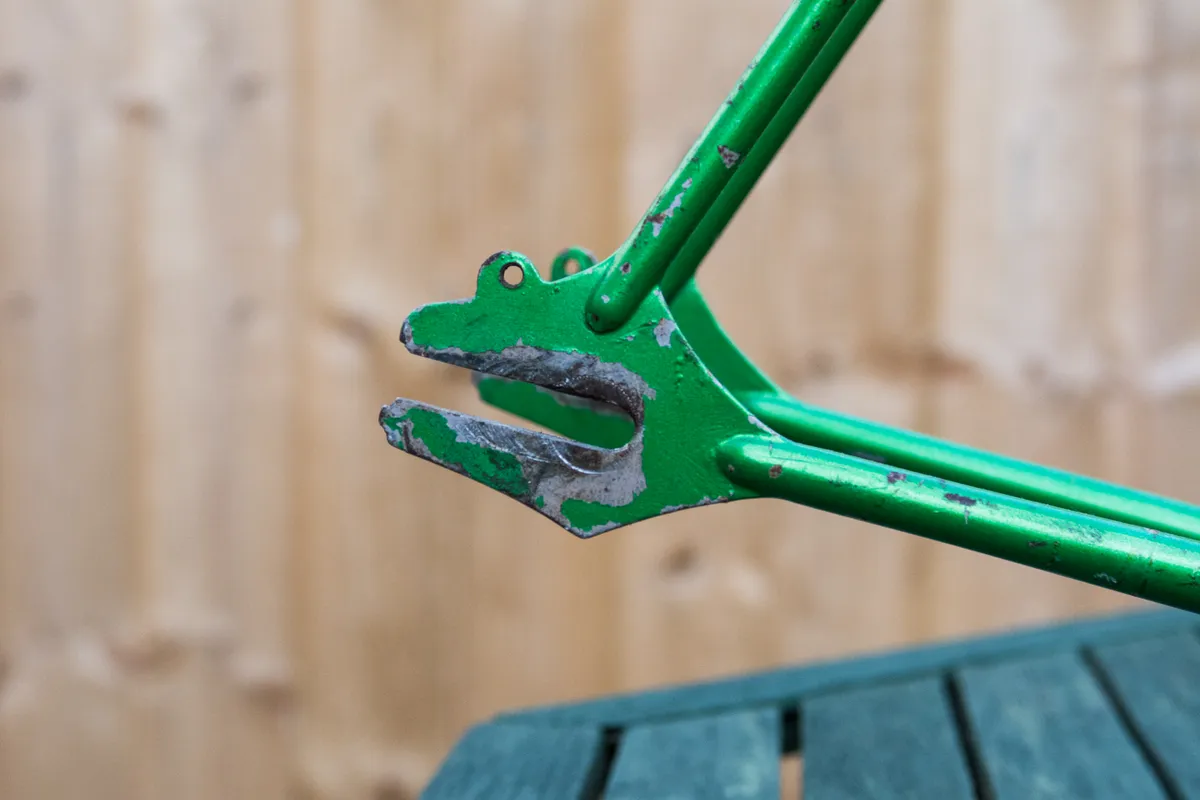
As mentioned above, most singlespeed bike frames either tend to be steel or alloy.
An alloy frame can be a bit lighter than a steel frame, but steel makes for a very robust bike that can stand the abuse of urban life and is easier to repair.
Forks are often metal too, with steel a popular option, in keeping with the rugged design. On road bikes, you can sometimes find a carbon fork, though.
Singlespeed mountain bikes often come with a rigid fork, again keeping things simple, although you can always convert a mountain bike with suspension to singlespeed.
A singlespeed drivetrain needs to have its chain kept taut to prevent it from unshipping. That means the rear-wheel dropout (technically a track end), like on a track bike, usually faces backward rather than vertically.
That enables the rear wheel to be moved backward and forward to adjust for slack in the chain.
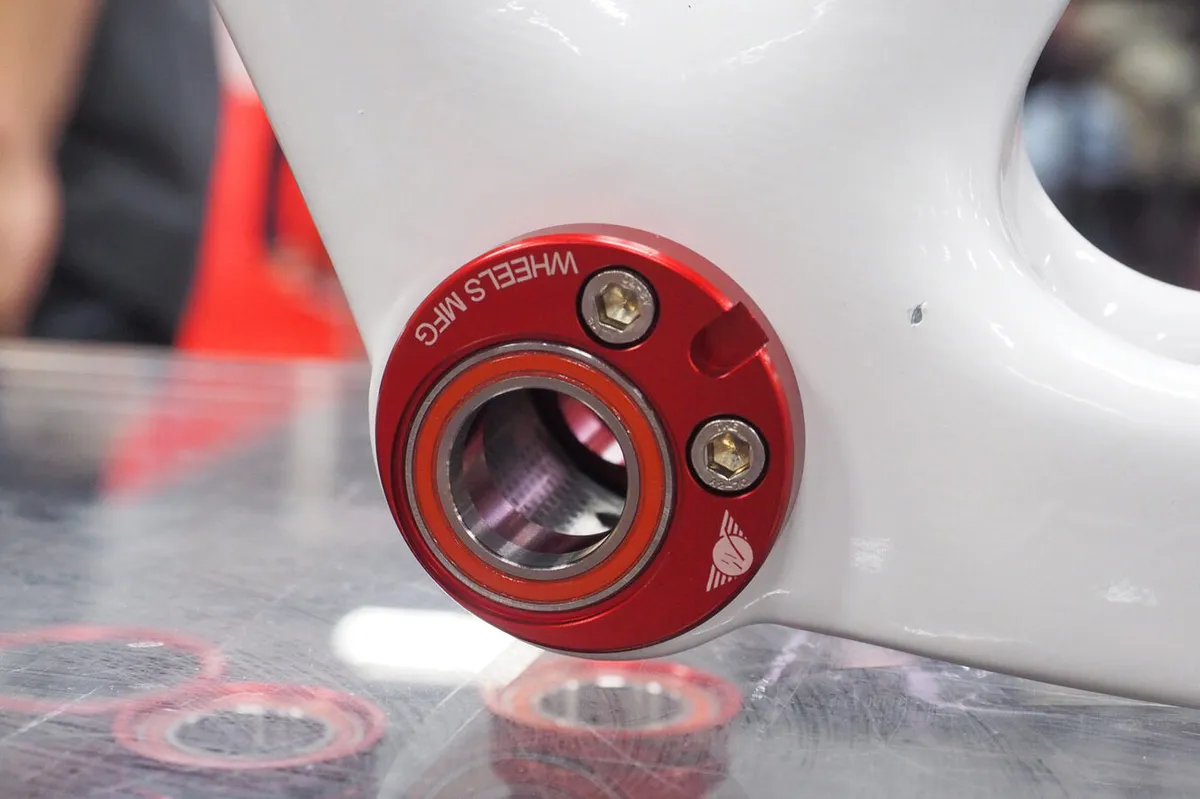
Another option is a bottom bracket with an eccentric axle that can be rotated to remove slack in the chain. White Industries produces a rear singlespeed hub with an eccentric axle.

Yet another way to ensure the chain remains in place is to fit a single, sprung jockey wheel under the chainstay; DMR and Diamondback are a couple of options. This is often used on singlespeed MTBs and means you can potentially have a singlespeed full-susser.
Note that it's not possible to run a fixed-gear setup with a sprung chain tensioner – these are designed for singlespeed conversions and will not work with a fixed-gear drivetrain.
Drivetrain and gearing
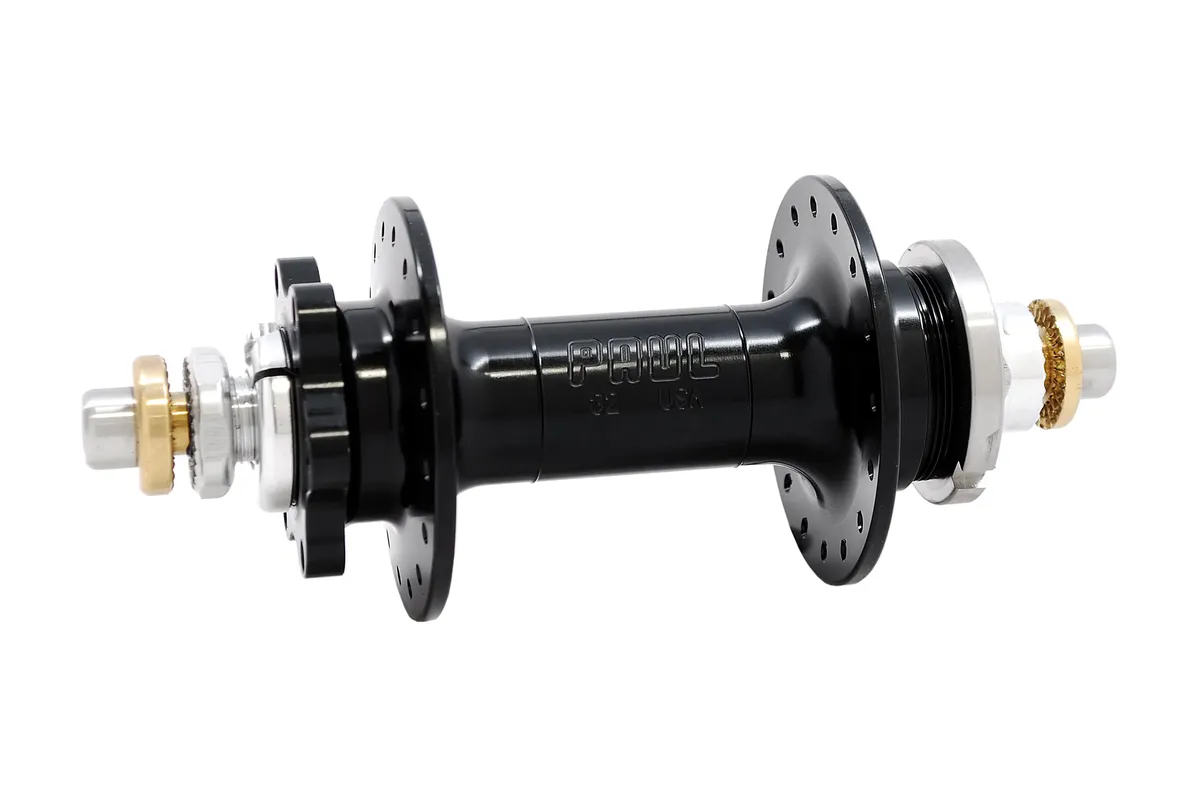
The usual suspects for drivetrains – Shimano, SRAM and Campagnolo – don’t have much presence in singlespeed kit, apart from dedicated track-racing components.
That leaves the field open to less well-known brands, such as Miche, Paul Components, Phil Wood and Sugino, as well as unknown brands and no-namers who make the specialist components needed.

What gearing you need depends on where you’re riding, the type of bike and your level of fitness. Too low and you’ll spin out, too high and you’ll never get started and hurt your knees when you hit a hill.
On road and hybrid fixies, 44/16 is a typical ratio between the chainring and sprocket, while on mountain bikes and gravel bikes, a lower ratio will better help you master the terrain.
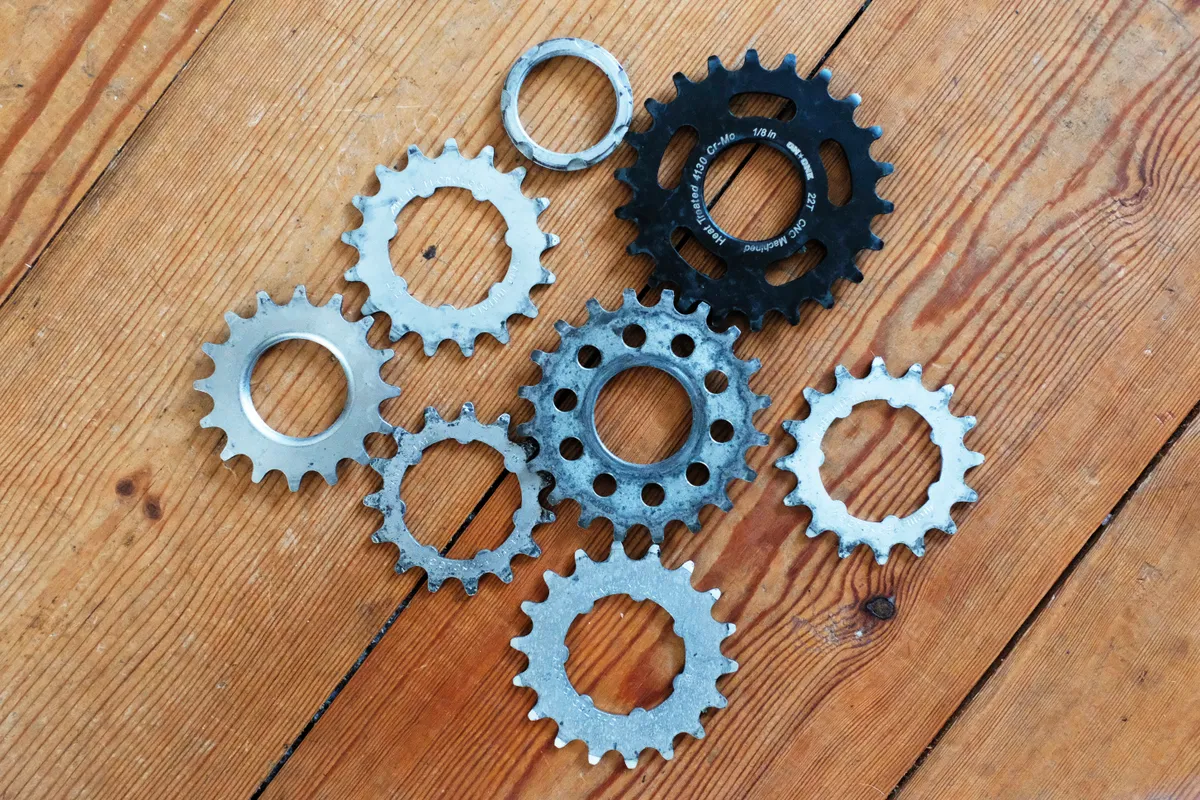
The good thing is changing your gearing on a fixie won’t cost much or take much effort, whether you decide to change your sprocket or chainring.
That said, gearing choice is crucial to have fun on a fixie or singlespeed, particularly if you live in an area that isn’t pan-flat. So, it’s worth considering whether a one-geared bike is right for you and dedicating some time to getting the right setup.
Wheels
Specialist singlespeed wheels will usually have a flip-flop hub. As mentioned above, this setup enables you to run both a fixed sprocket and a freewheel on the same wheelset.
Singlespeed wheelsets don’t need to allow the space for the bulky cassette, so they’ll be built symmetrically rather than with a right-side dish. That’s necessary so you can flip the hub, and it makes for a more robust wheel with wider bracing angles to boot.
Rather than quick releases or thru-axles, the wheel will almost always be held in place with 15mm nuts, so that its position can be altered to tension the chain and it's held firmly in position.
It’s also possible to convert a standard wheel to a freewheel singlespeed. Kits from brands such as DMR include spacers to position your sprocket in the centre of the freehub for a straight chainline and to lock it in place.
Pay attention to axle width though, because there are multiple standards – track frames often have 120mm spacing for the rear wheel and that might be carried over into a fixie frame. Most bikes will have a wider rear axle, starting at 130mm for quick-release rim brake road wheels, and getting wider for disc brake wheels and thru-axles.
Chain width
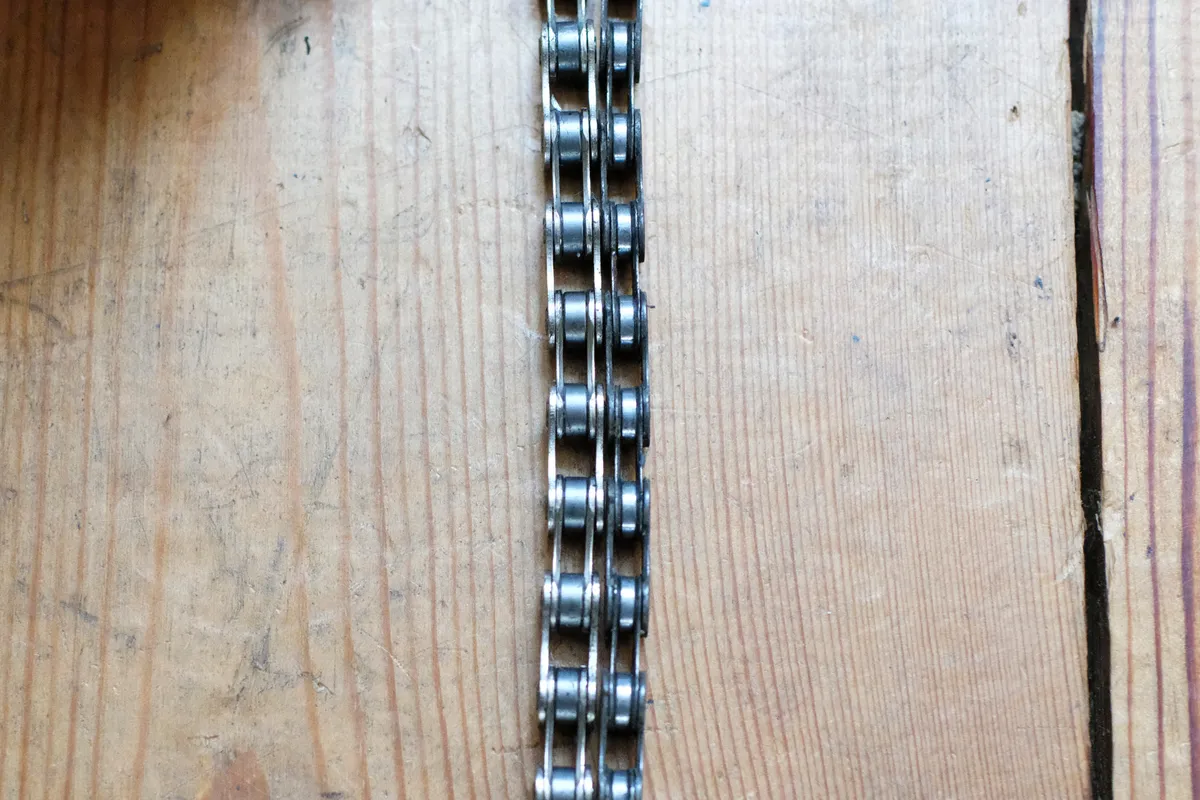
Many fixies have wider chains (1/8in) than the chains fitted to geared bikes (3/32in).
They’re under a lot more stress than a regular chain, from high-torque climbs and starts, and from braking forces, but there’s room for a more robust chain without a cassette.
You’ll typically find a ⅛in chain on a fixed-gear bike, along with a wider sprocket and chainring.
Brakes
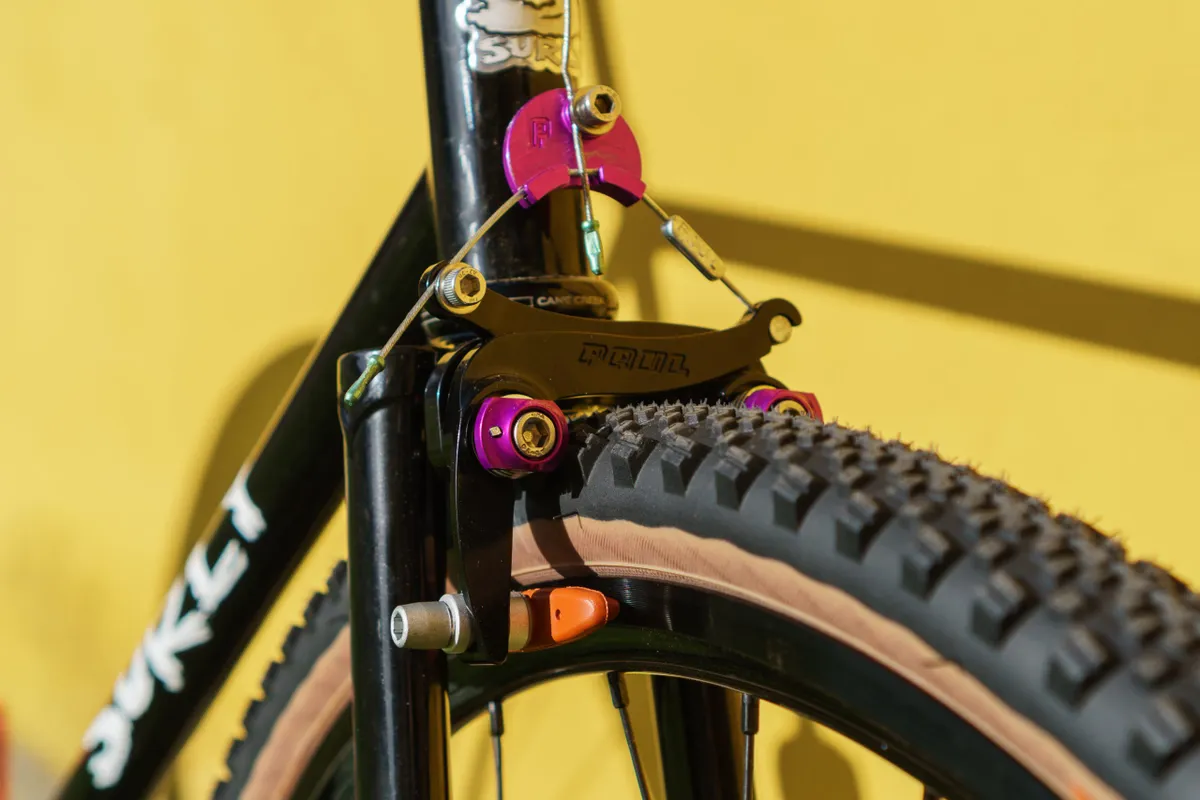
In the UK, a road bike must have two braking mechanisms. For many singlespeeds, that’s two rim brakes, although you can also find singlespeed road bikes with disc brakes (which precludes a flip-flop hub).
Since with a fixie you can slow yourself down by pedalling more slowly, which counts as a brake, you potentially only need one other brake. With that in mind, you can find fixies with a single brake lever operating a brake on the front wheel.
Don’t try riding a brakeless track bike on the road though because it’s illegal (and reckless).
Pedals
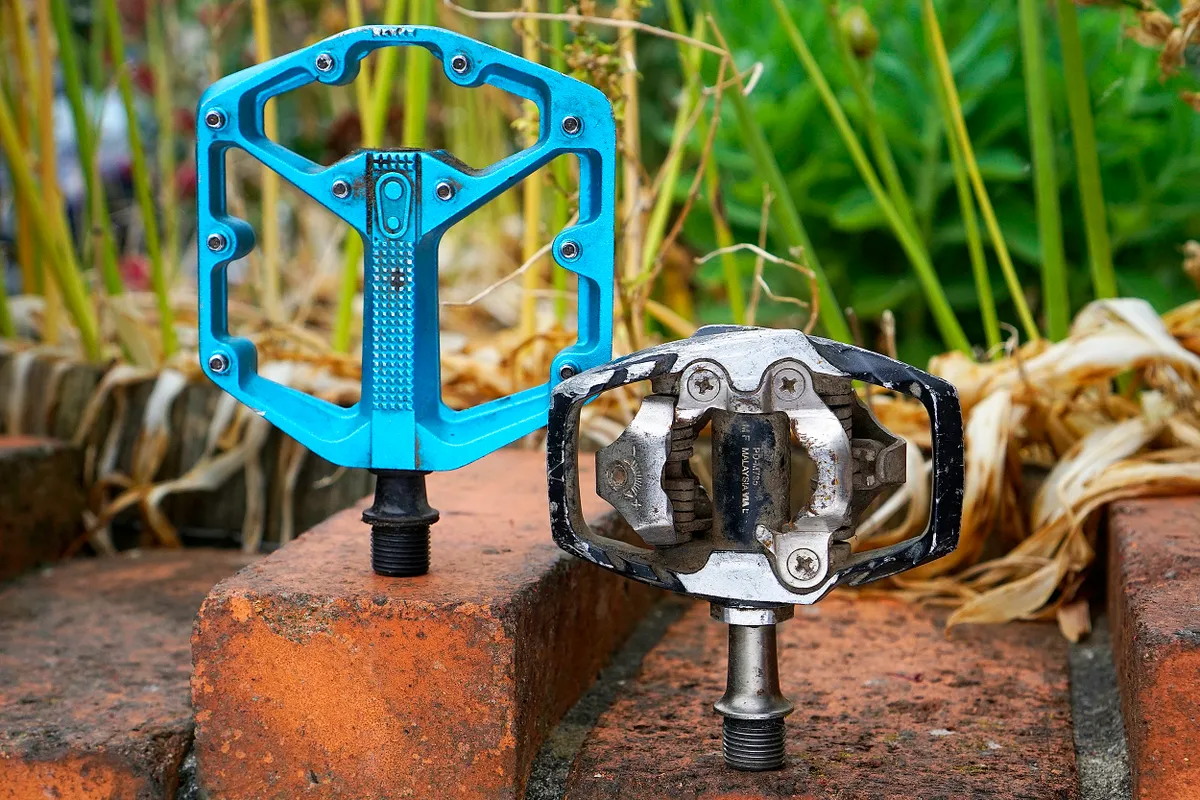
As with any discipline of cycling, pedals are a personal choice. Whether you prefer flat or clipless pedals will depend on where you’re riding and what you want from the bike.
In an urban environment, which is where you’ll commonly find fixies, there’s an advantage to riding flat pedals because you can wear normal shoes so you can get around easily off the bike.
Flats are probably a good place to start if you’re fresh into riding fixed because it’s easier to get a foot down and you’re less likely to crash if you get something wrong.
On the other hand, you’re less connected to the bike, so it’s easier for your foot to slip off the pedal, it’s harder to use your legs to brake and you’re more likely to be whacked in the leg by a still-spinning crank.
A lot of that can be avoided if you’re clipped in, where you’ve got two options: single-sided road pedals or double-sided mountain bike pedals. We’ve got a separate guide to the pros and cons of SPD-SL vs SPD pedals.
Single-sided road bike pedals are a bit tricky to engage at the best of times and, if you’ve got to pedal one-legged and locate your foot on a moving crank while doing so, you’re adding to the problem. Plus, you’ve got to keep pedalling while you get a foot out to stop.
Double-sided mountain bike pedals are a bit easier to clip in and out of, but still give you that good connection to the bike for effective 'braking' and for really fast pedalling.
Mountain bike shoes are also easier to walk in than road bike shoes if you’ve parked your bike – or hit a hill that’s too steep to ride up in your only available gear.
